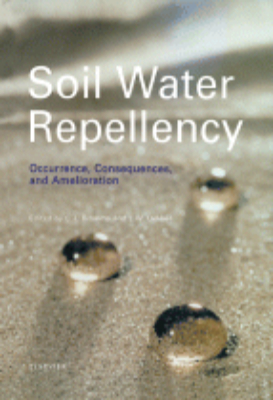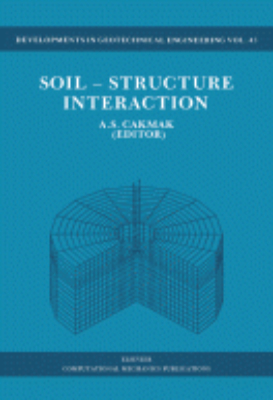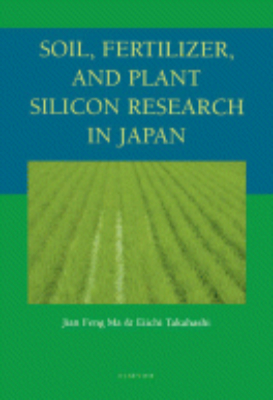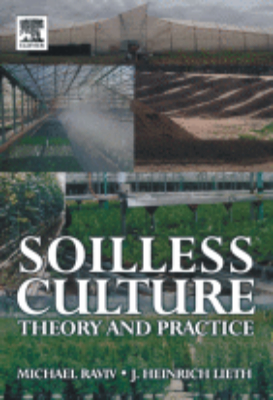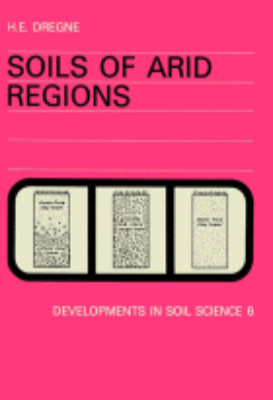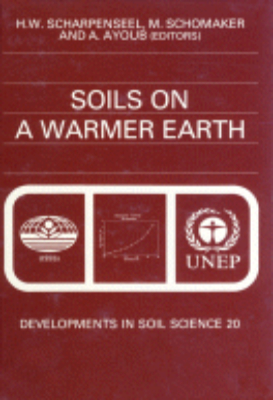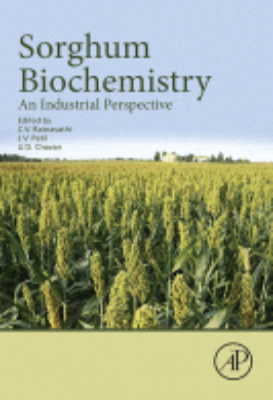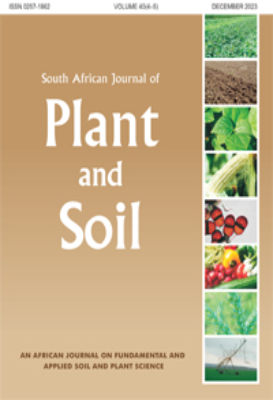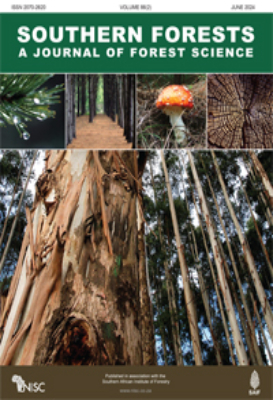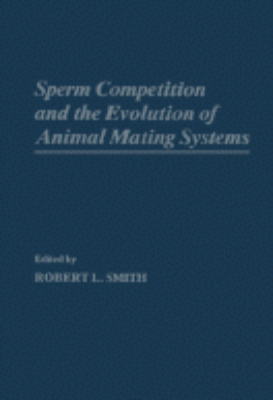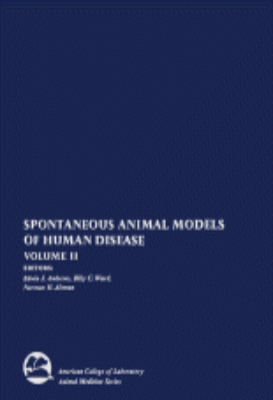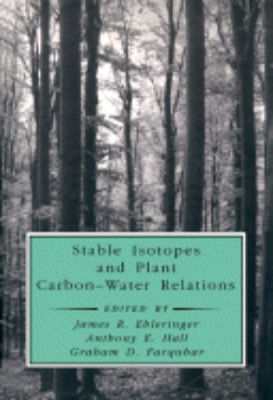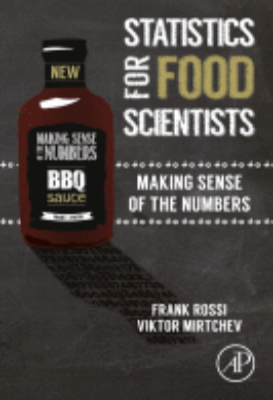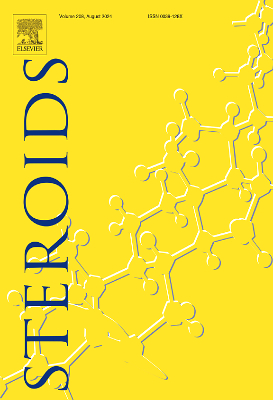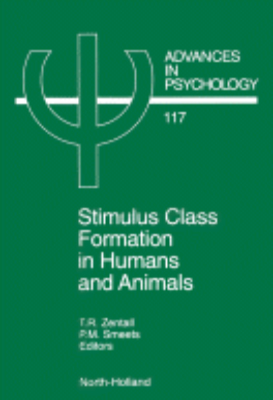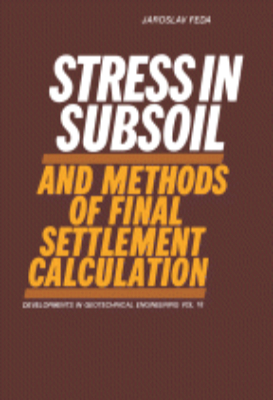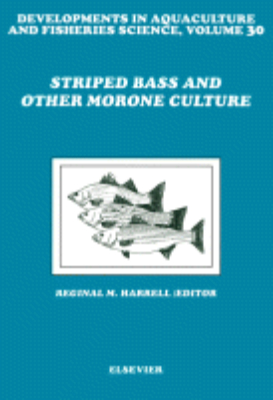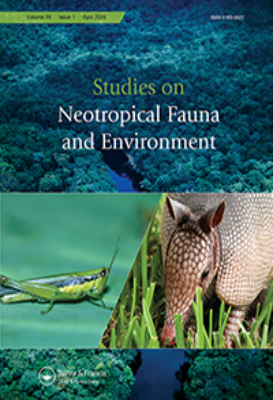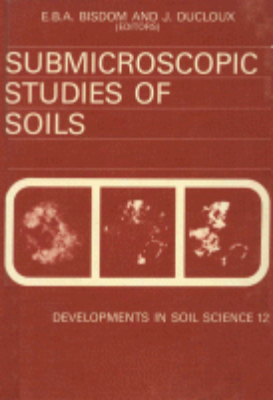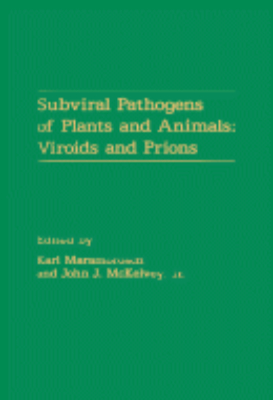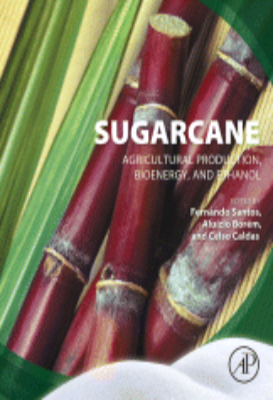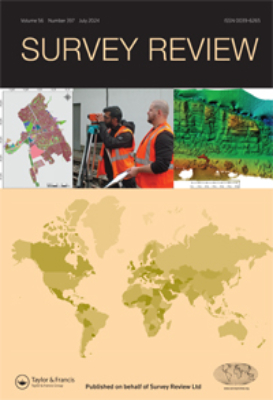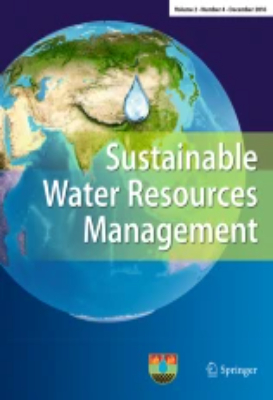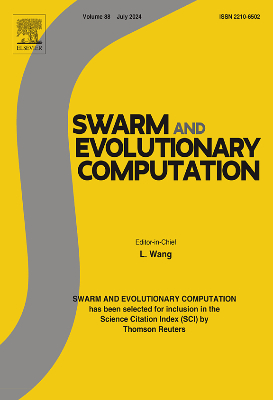E-Resources
Soil Water Repellency
It has become clear that soil water repellency is much more wide-spread than formerly thought. Water repellency has been reported in most continents of the world for varying land uses and climatic conditions. Soil water repellency often leads to severe runoff and erosion, rapid leaching of surface-applied agrichemicals, and losses of water and nutrient availability for crops. At present, no optimum management strategies exist for water repellent soils, focusing on minimizing environmental risks while maintaining crop production. The book starts with a historical overview of water repellency research, followed by seven thematic sections covering 26 research chapters. The first section discusses the origin, the second the assessment, and the third the occurrence and hydrological implications of soil water repellency. The fourth section is devoted to the effect of fire on water repellency, section five deals with the physics and modeling of flow and transport in water repellent soils, section six presents amelioration techniques and farming strategies to combat soil water repellency, and section seven concludes the book with an extensive bibliography on soil water repellency.
Soil, Fertilizer, and Plant Silicon Research in Japan
Silicon (Si) plays a significant role in the resistance of plants to multiple stresses including biotic and abiotic stresses. Silicon is also the only element that does not damage plants when accumulated in excess. However, the contribution of Si to plant growth has been largely ignored due to its universal existence in the earth’s crust. From numerous intensive studies on Si, initiated in Japan about 80 years ago, Japanese scientists realized that Si was important for the healthy growth of rice and for stability of rice production. In a worldwide first, silicon was recognized as a valuable fertilizer in Japan. The beneficial effects of Si on rice growth in particular, are largely attributable to the characteristics of a silica gel that is accumulated on the epidermal tissues in rice. These effects are expressed most clearly under high-density cultivation systems with heavy applications of nitrogen. Si is therefore recognized now as an ”agronomically essential element” in Japan. Recently, Si has become globally important because it generates resistance in many plants to diseases and pests, and may contribute to reduced rates of application of pesticides and fungicides. Silicon is also now considered as an environment-friendly element. The achievements of Si research in Japan are introduced in this book, in relation to soils, fertilizers and plant nutrition.
Soilless Culture: Theory and Practice
Plant production in hydroponics and soilless culture is rapidly expanding throughout the world, raising a great interest in the scientific community. For the first time in an authoritative reference book, authors cover both theoretical and practical aspects of hydroponics (growing plants without the use of soil). This reference book covers the state-of-the-art in this area, while offering a clear view of supplying plants with nutrients other than soil. Soilless Culture provides the reader with an understanding of the properties of the various soiless media and how these properties affect plant performance in relation to basic horticultural operations, such as irrigation and fertilization. This book is ideal for agronomists, horticulturalists, greenhouse and nursery managers, extension specialists, and people involved with the production of plants.
Sorghum Biochemistry: An Industrial Perspective
“Sorghum Biochemistry: An Industrial Perspective explores the many uses for sorghum in industry and biofuels. Not only does it offer a detailed understanding of the physical and biochemical qualities of the grain, it also takes an in-depth look at the role sorghum plays in such industries as brewing and ethanol production and the mechanics of post-harvest processing and value addition. Sorghum has long been an important staple in Africa and Asia, but its value goes far beyond its uses in human and animal consumption. Sorghum is also used in many industries, including waxes, packing material, wall board, ethanol, beverages, and brewing, and one variety called sweet sorghum has also been used as a bioenergy crop. Sorghum Biochemistry: An Industrial Perspective offers a closer look at how the grain is used in such a variety of ways, and how we can continue to optimize its potential. Key Features. Provides detailed biochemical studies on grain sorghum to inform researchers grappling with similar issues. Offers foundational information on the quality and composition of sorghum as a grain. Covers a variety of uses for sorghum in many industries, including food and beverage, energy, and brewing. Includes photos and illustrations to enhance the understanding of processes and sorghum biochemistry”
Sperm Competition and the Evolution of Animal Mating Systems
Sperm Competition and the Evolution of Animal Mating Systems describes the role of sperm competition in selection on a range of attributes from gamete morphology to species mating systems. This book is organized into 19 chapters and begins with the conceptualization of sperm competition as a subset of sexual selection and its implications for the insects. The following chapter describes the relationship between multiple mating and female fitness, with an emphasis on determining the conditions under which selection on females is likely to counteract selection on males for avoiding sperm competition. Other chapters consider the female perspective on sperm competition; the evolutionary causation at the level of the individual male gamete; and the correlation of high paternal investment and sperm precedence in the insects. The remaining chapters are arranged phylogenetically and explore the sperm competition in diverse animal taxa, such as the Drosophila, Lepidoptera, spiders, amphibians, and reptiles. These chapters also cover the evolution of direct versus indirect sperm transfer among the arachnids or the problem for kinship theory presented by multiple mating and sperm competition in the Hymenoptera. This book further discusses the remarkable potential for sperm competition among certain temperate bat species whose females store sperm through winter hibernation and the mixed strategies and male-caused female genital trauma as possible sperm competition adaptations in poeciliid fishes. The concluding chapter examines the predictions concerning testes size and mating systems in the primates and the possible role of sperm competition in human selection. This book is of great value to reproductive biologists and researchers.
Spontaneous Animal Models of Human Disease
This two-volume work gathers together the diverse information presently available on spontaneous animal models of human disease. In addition to providing a comprehensive review of existing models, the book presents many previous unpublished new models.The scope of this work is limited to spontaneous models. Neoplasia, infectious diseases including parasitism, and nutritionally induced or other types of experimental models have not been included. The sixteen parts of the book are alphabetically arranged according to organ system with over 230 authors contributing to the overall effort. In addition to many illustrations, the book features an extensive bibliography.
Stable Isotopes and Plant Carbon-water Relations
This 33-chapter volume presents a critical examination of the importance of stable isotopes in understanding key plant metabolic processes.
Statistics for Food Scientists
“The practical approached championed in this book have led to increasing the quality on many successful products through providing a better understanding of consumer needs, current product and process performance and a desired future state. In 2009, Frank Rossi and Viktor Mirtchev brought their practical statistical thinking forward and created the course Statistics for Food Scientists. The intent of the course was to help product and process developers increase the probability of their projects success through the incorporation of practical statistical thinking in their challenges. The course has since grown and has become the basis of this book. Key Features. Presents detailed descriptions of statistical concepts and commonly used statistical tools to better analyze data and interpret results. Demonstrates thorough examples and specific practical problems of what food scientists face in their work and how the tools of statistics can help them to make more informed decisions. Provides information to show how statistical tools are applied to improve research results, enhance product quality, and promote overall product development”
Still Going Wrong!: Case Histories of Process Plant Disasters and How They Could Have Been Avoided
This is Trevor Kletz’s follow up to his extremely successful What Went Wrong Case Histories of Process Plant Disasters. In it, Kletz reinforces the messages in his now-classic book of famous case histories, but the majority of the book covers points not covered in the original. This new volume will focus more on procedural changes that can be made, not only at the technical or engineering levels, but at the managerial level, to prevent disasters from happening. Key Features * This volume follows up on the cases and strategies outlined in the original million-dollar seller: “What Went Wrong”* Contains many new cases and areas for improvement, including the hazards of rust, corrosion, and many more new topics* Written by the world’s leading expert on industrial safety
Subcellular Biochemistry and Molecular Biology
The Biology of Euglena, Volume IV: Subcellular Biochemistry and Molecular Biology focuses on the subcellular biochemistry and molecular biology of eukaryotic microorganisms that belong to the genus Euglena, including Euglena gracilis. It investigates enzymes and their functional location in Euglena cells, along with subcellular particles, the nucleus, the mitochondria, the chloroplast protein synthesis and chloroplast DNA, and the microbodies and lysosomes of Euglena. Organized into eight chapters, this volume begins with an overview of techniques in determining the location of enzymes and in isolating organelles in Euglena. It then proceeds with a discussion of the nucleus, its ultrastructure and macromolecules, and chromatin organization. The next chapters examine the morphology and ultrastructure of mitochondria, the morphology and biogenesis of microbodies and lysosomes, the nuclear-cytoplasmic interaction, and the structure and physicochemical properties of chloroplast DNA. The last two chapters consider the ribosomal RNAs of Euglena and the organization and activities of cytoplasmic, mitochondrial, and chloroplast ribosomes and polyribosomes, along with its polyadenylated and messenger RNA. This book will be of interest to biochemists, molecular biologists, botanists, and plant geneticists.
Subviral Pathogens of Plants and Animals: Viroids and Prions
Subviral Pathogens of Plants and Animals: Viroids and Prions is organized into four parts consisting of a total of 20 chapters that discuss the nature of subviral pathogens of plants and animal. This book first elucidates the recognition of subviral pathogens, and then explores the host range of viroids and its diseases. It also addresses the control of viroid diseases. The book explains the structure and replication of viroids. Lastly, it centers on the structure and biology of prions, as well as the diseases these pathogens cause. This treatise will be of considerable scientific interest and importance to those in the field of human and veterinary medicine, virology, zoology, microbiology, plant pathology, entomology, as well as other branches of biology.
Sugarcane
“Sugarcane: Agricultural Production, Bioenergy and Ethanol explores this vital source for “”green”” biofuel from the breeding and care of the plant all the way through to its effective and efficient transformation into bioenergy. The book explores sugarcane’s 40 year history as a fuel for cars, along with its impressive leaps in production and productivity that have created a robust global market. In addition, new prospects for the future are discussed as promising applications in agroenergy, whether for biofuels or bioelectricity, or for bagasse pellets as an alternative to firewood for home heating purposes are explored. Experts from around the world address these topics in this timely book as global warming continues to represent a major concern for both crop and green energy production. Key Features. Focuses on sugarcane production and processing for bioenergy. Provides a holistic approach to sugarcanes potential from the successful growth and harvest of the plant to the end-use product. Presents important information for “”green energy”” options”

